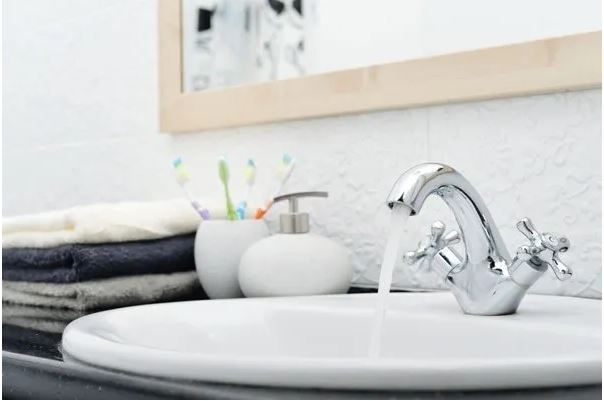Plumbing for First-Time Home Buyers
So you’re looking to buy your first home and take the first step onto the property market. Congratulations! As exciting as this time may be, it’s important to do your due diligence and make sure your new home is all it’s cracked up to be. With some estimates suggesting that nearly one third of all homes inspected when changing hands have a major fault of some kind, a rigorous plumbing inspection is necessary before signing the deed to make sure the plumbing services in your new property are up to scratch. Here is a list of plumbing red flags to look out for.
10 hidden plumbing problems every first-time home buyer should watch out for
Old hot water units
The average hot water unit lasts a good decade or two if regularly serviced. Checking the unit’s label to see how old it is, and how soon it will need replacing, is a must for your plumbing inspection checklist.
Water stains
When undertaking the plumbing inspection for a new home, you’ll want to keep a close eye for water stains, particularly around showers, bathtubs, toilets, tiles, kitchen and bathroom cabinets (particularly the bottom shelves), and the ceilings beneath upper floor bathrooms if applicable. Any stains you see could be evidence of water leaks.
Poor tiling
As far as plumbing issues go, you might not think the tiles are all that urgent, but a poor tiling job (such as cracked or crooked tiles or messy grouting) can indicate equally inadequate waterproofing beneath. In the long run this could cost you big time in the form of leak detection and bathroom renovation.
Shoddy renovations
This is a difficult one as it can be hard for those with an untrained eye to detect the quality of renovations. If the renovation job wasn’t done by an established, reputable building company, be extra vigilant during inspections to make sure it was a job well done. Any signs of short cuts or cost-cutting undertaken during a renovation are a big red flag – for instance, poor-quality fittings, cheap materials or a bowed floor. It’s also a good idea to get a copy of your new home’s sewer service diagram – it may incur a fee but it’s well worth it as it enables you to see what changes, additions and improvements have been made to the household drainage.
Problems with water pressure
Water pressure is not only an indicator of how good your new shower could be; it can also help you gauge how old a home’s plumbing is (if you can’t get your hands on the sewer service diagram). It’s important to know in case the previous homeowners repaired rather than replaced troublesome pipes, meaning that the connections between the old and new could eventually break down.
Water drainage issues
Look out for signs of previous problems with drainage. Slow water drainage may potentially highlight old or clogged pipes. Another clue to watch out for is a piece of concrete outdoors with a square cut out of it, signaling that someone has had to investigate the property’s drainage. If this is the case, you’ll want to double-check that the problems have been addressed.
Mould and mildew
Another one to watch out for – or, more fittingly, to smell for – is mould and mildew. In addition to causing nasty health problems, mould can also indicate water leaks and structural faults in your property.
Clay pipes
As a first-time homebuyer, another important element to take into account is the type and quality of pipes on your new property. For starters, clay sewer systems are a no-go zone, simply because they’re prone to breakage. Factor in the cost of replacing your entire drainage system if this is the case.
Neighbours’ plumbing woes
If your new home is a terrace or apartment property, keep in mind that your neighbours’ pipework, drainage and other plumbing systems could impact upon your own if you have a shared common sewer.
Dodgy workmanship
Sadly, there are many horror stories out there of unethical tradespeople and handymen. When assessing your new home’s plumbing, certain clues that give away prior sketchy plumbing work can include hidden access points making it hard to reach the roof or subfloor – which can mean there’s something there they want to hide! Another one to look out for is recently painted or renovated roofing, flooring or walls, which could be a cheap trick to cover up leaks and other imperfections. Inspect these surfaces particularly closely. Remembers, always opt for fully licensed, experienced and reputable companies – it’s not worth the risk otherwise.
If you’d like more advice on what to look out for during the all-important plumbing inspection, get in touch with the team at Tai Irwin today.






